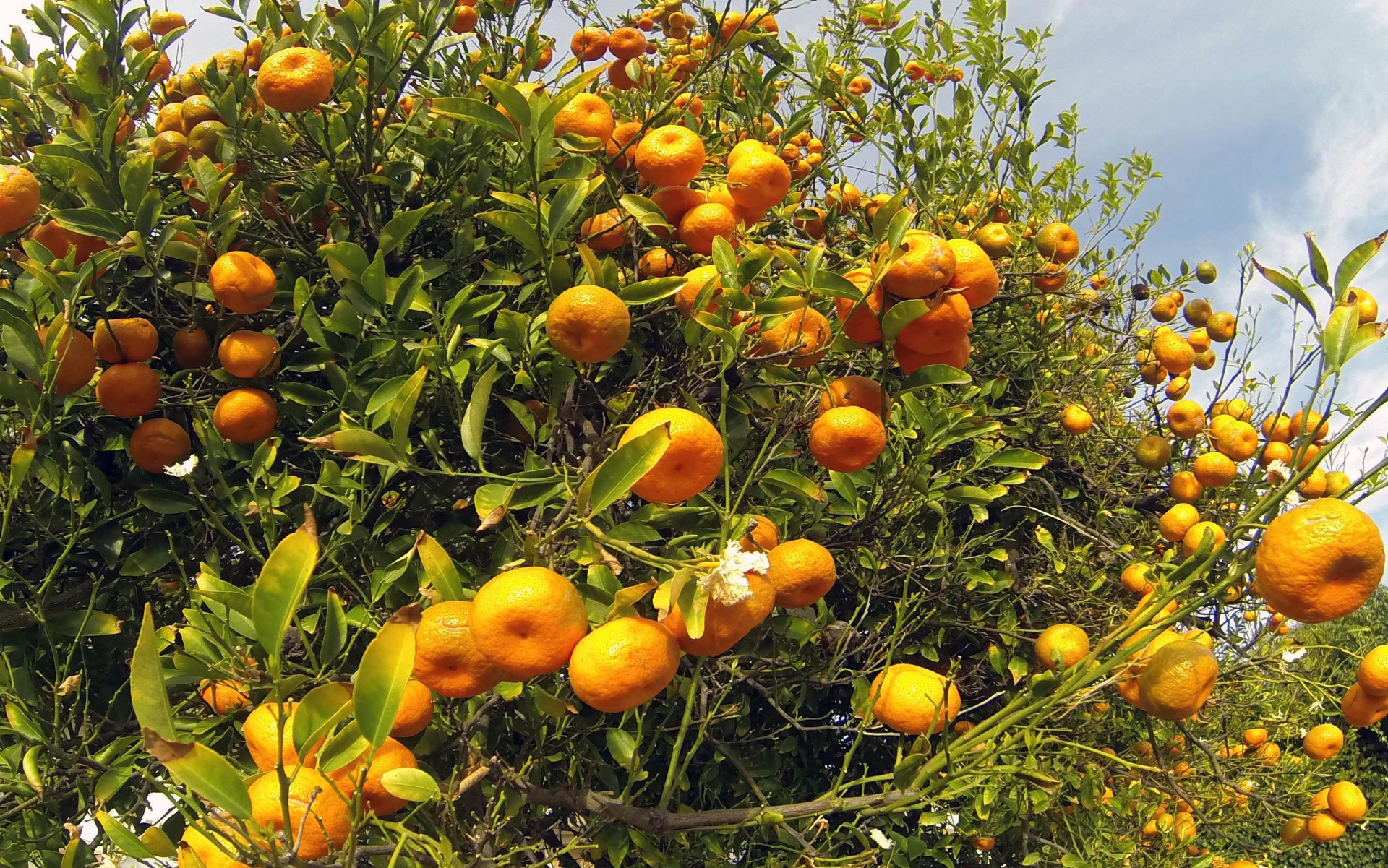
Tangerine
Citrus reticulata
Basic Information
🌿 Family: Rutaceae🗺️ Zone: 9-11
Other Names:
- Mandarin Orange
🌡️ Ideal Temperature : 55°F – 100°F
🔥 Heat Tolerance: Up to 120°F
❄️ Cold Tolerance: Down to 25°F
🌱 Type: Perennial
Layers
- Canopy
Functions
- Edible
- Pollinator
- Wildlife Attractor
Pests
No pests associated with this plant.
Description
The tangerine tree is a small to medium-sized evergreen, typically reaching heights of 4.5–6 meters (15–20 feet). It bears glossy, lance-shaped leaves and fragrant white flowers that give way to bright orange, easily peelable fruits. Tangerines thrive in full sun and well-draining, slightly acidic soils. They require regular watering, especially during dry periods, but are sensitive to waterlogged conditions.
✂️🫘 Methods to Propagate:
Tangerines are commonly propagated through grafting onto rootstocks, which ensures disease resistance and desired fruit characteristics. They can also be grown from seeds, but seedlings may not produce true-to-type fruit.
🌞💧 Sun and Water Requirements:
Tangerine trees require full sun exposure, receiving at least 6–8 hours of direct sunlight daily. They prefer consistent moisture but need well-draining soil to prevent root rot.
🧑🌾👩🌾 When to Harvest:
The fruits are typically ready for harvest from late fall to early spring. Mature tangerines should be firm and heavy for their size, with a deep orange color. They do not continue to ripen after picking, so ensure they are fully mature before harvesting.
Purpose
- **Edible:** Tangerines provide nutritious fruits rich in vitamin C and antioxidants, suitable for fresh consumption or use in various culinary applications.
- **Pollinator:** The fragrant blossoms attract bees and other pollinators, supporting the health of the local ecosystem.
- **Wildlife Attractor:** The tree offers habitat and food for various bird species and beneficial insects.